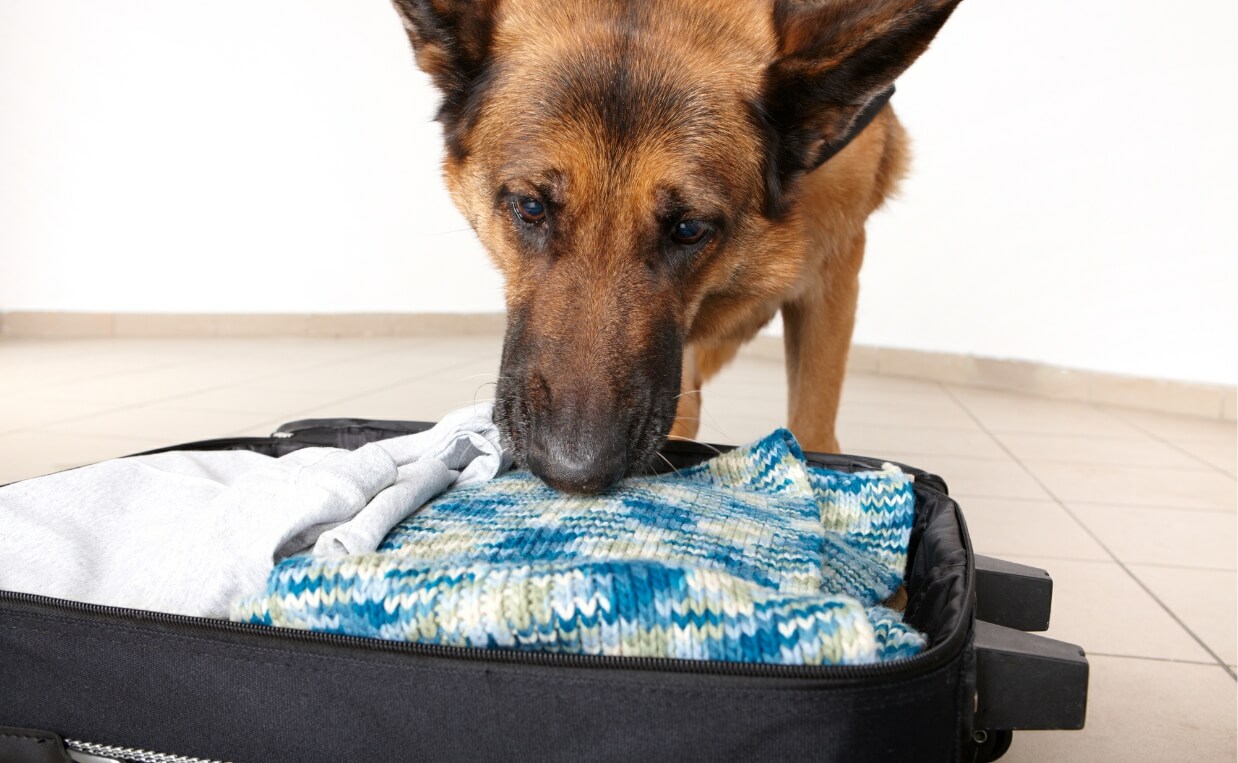
It’s no secret dogs have a powerful sense of smell. As a matter of fact, dogs have up to 300 million olfactory receptors in their nose, which is pretty impressive considering humans have 6 million. This means dogs’ sense of smell is 40 times better than ours.
Amazingly, dogs smell at one part per trillion. If a scent is in the air, they will smell it. In her work Being a Dog: Following the Dog Into a World of Smell, Alexandra Horowitz makes this analogy:
“The average cinnamon roll has a gram of cinnamon in it. Sure, the human nose is on it, from the moment we open the door of the house. Now imagine the smell of one trillion cinnamon rolls. That’s what the dog coming in with us smells.”
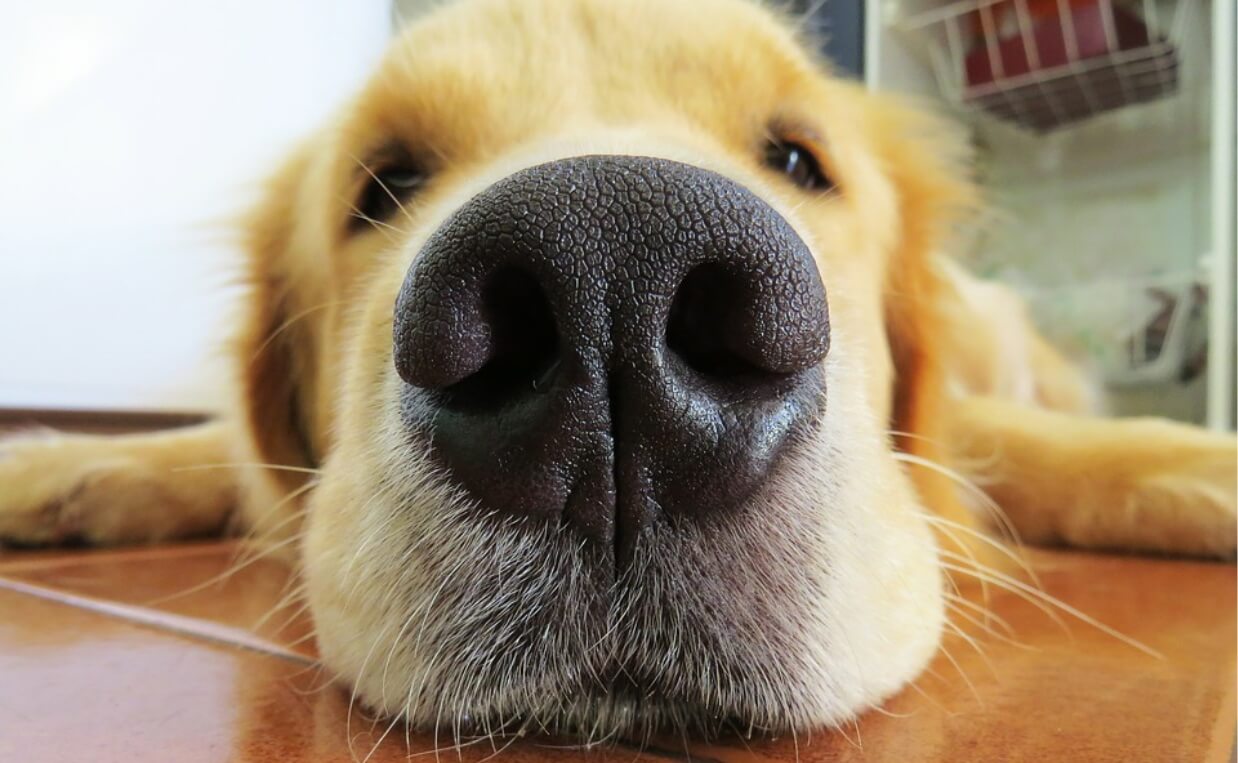
Dogs can smell more than we can, for sure, but what is really important is how they can further discern smells in a way we can’t.
Most of us know dogs are able to sniff out bombs, lost hikers and drugs, but there are many other jobs dogs are trained to do using their phenomenal sense of smell. Trained dogs are now able to find whales in the middle of the ocean, detect diabetes and, most recently, COVID-19.
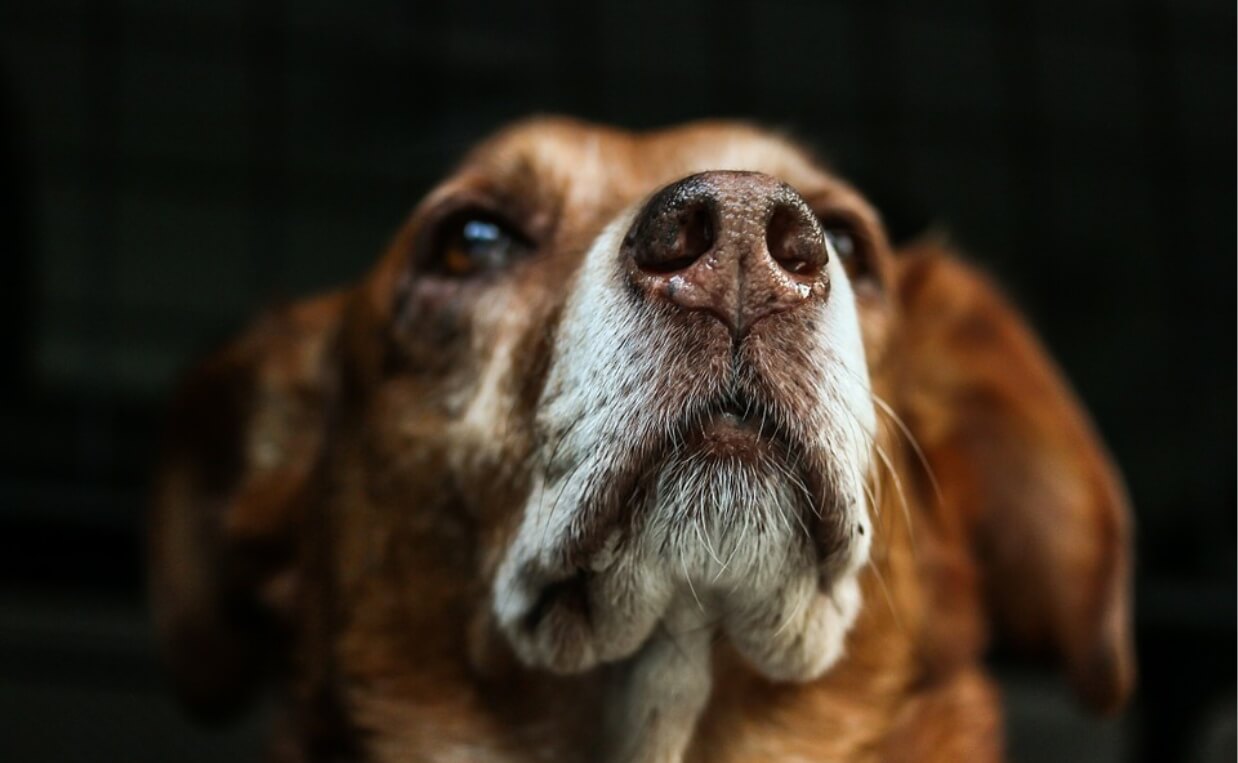
Amazing Canine Scent Jobs
You already know about the most common dog nose work jobs. Here are a few you may not have heard about.
-
Cancer detection
Dogs can detect the odor signatures of various types of cancers. Like many diseases, cancer leaves an odor signature dogs can detect, depending on the type of cancer. Dogs are known to be able to detect these types of cancers:
- Melanoma (skin)
- Colorectal
- Ovarian
- Breast
- Bladder
- Lung
- Prostrate
Dogs are able to detect cancer based on the patient’s breath. Once trained, dogs are able to detect breast cancer with 88 percent accuracy and lung cancer with 99 percent accuracy. They can do this across all four stages of the disease.
The ability of dogs to detect cancer could lead to new cancer-screening approaches. These new detection methods are expected to be inexpensive and accurate without being invasive. Since early detection offers the best hope of survival, trained dogs could save thousands of lives.
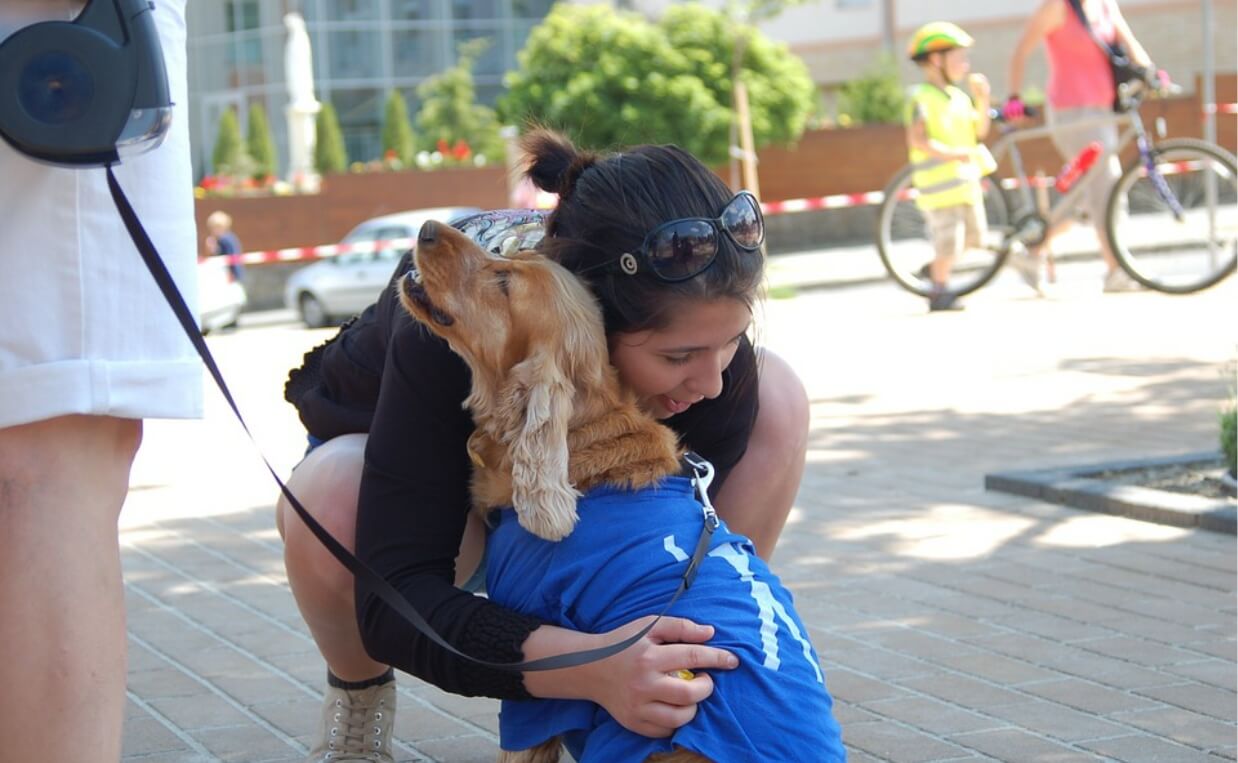
-
Prevent diabetic crises
Dogs are currently working as trained companions for diabetics. They are able to detect both high and low blood sugar events before they become dangerous.
Intriguingly, Diabetic Alert Dogs are trained to smell a chemical change at a precise level. The dogs detect isoprene, a common natural chemical found in human breath that rises significantly during an episode of low blood sugar. Humans can’t detect it, but researchers believe dogs are particularly sensitive to it.
Dogs trained as Diabetic Alert Dogs may go a long time – years even – before they have to alert their companion. They receive ongoing training to help them stay motivated and remember their job.
-
Detect malaria
Dogs are able to correctly identify children infected with malaria parasites 70 percent of the time. They use socks worn the night before to determine the scent of the malaria. The long-term goal is to use specially-trained dogs to help detect and eradicate malaria. Dogs may be able to screen people at airports to prevent the spread of this disease and to find carriers of it who go undetected because they have no symptoms.
-
Detect an epileptic seizure or narcoleptic event
Dogs are able to alert their companions five minutes before an epileptic seizure or narcoleptic moment. Both events can be dangerous if they happen at the wrong place and time. Dogs are able to pick up on biochemical changes that occur before an attack, helping their companions avoid injuries.
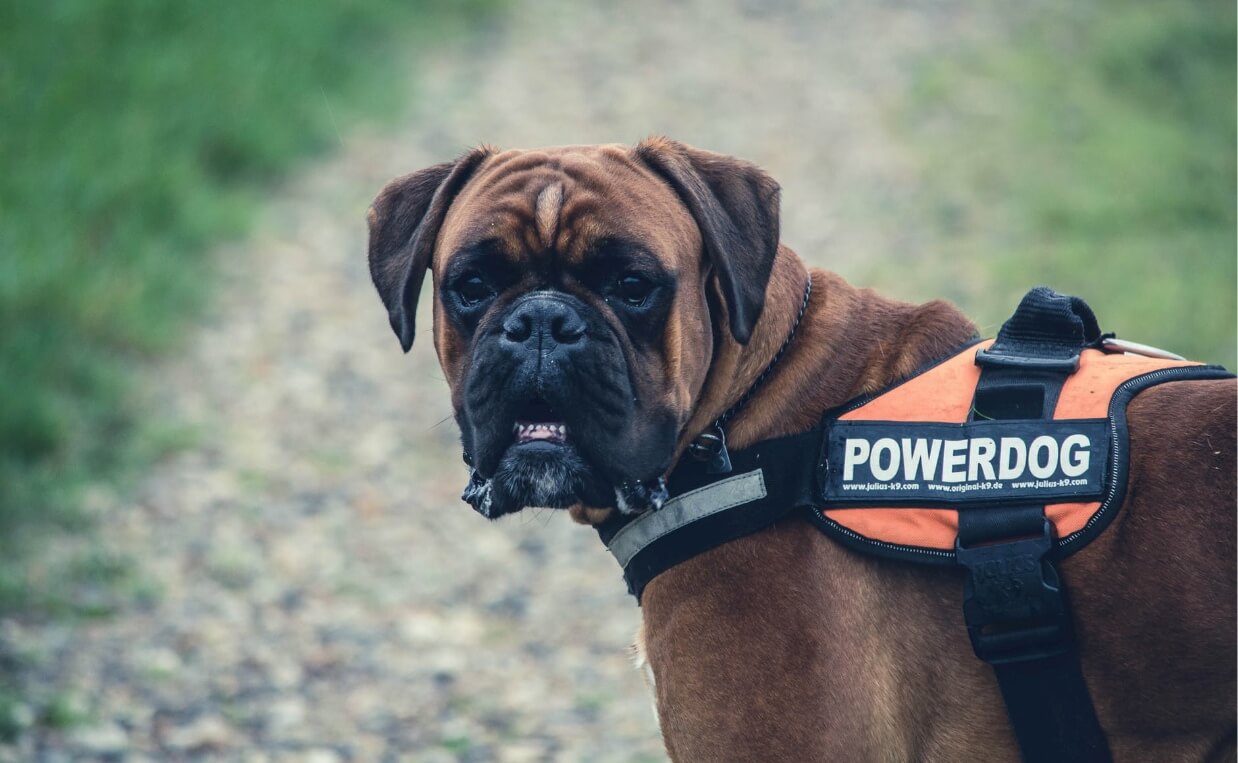
-
Predict migraines
Dogs can help predict migraines by recognizing the smell of serotonin, a chemical that skyrockets when the body is about to have a migraine. Nearly 60 percent of migraine sufferers working with trained dogs reported their dog was able to alert them up to two hours before the onset of a migraine headache. By alerting their companions long before symptoms occur, these dogs are able to warn their companions to take preventative medication.
-
Detect COVID-19
Research conducted in a pilot study at the University of Helsinki found dogs are able to recognize the signature scent of coronavirus SARS-CoV-2, the virus known as COVID-19. The dogs were able to accurately distinguish urine samples of COVID-19 infected adults from samples of healthy individuals, almost as accurately as a standard polymerase chain reaction (PCR) test.
France, Great Britain, Germany and the USA are conducting their own research studies. They have high hopes this will be a new diagnostic tool to help with early screening, including detecting the virus in people who are asymptomatic.
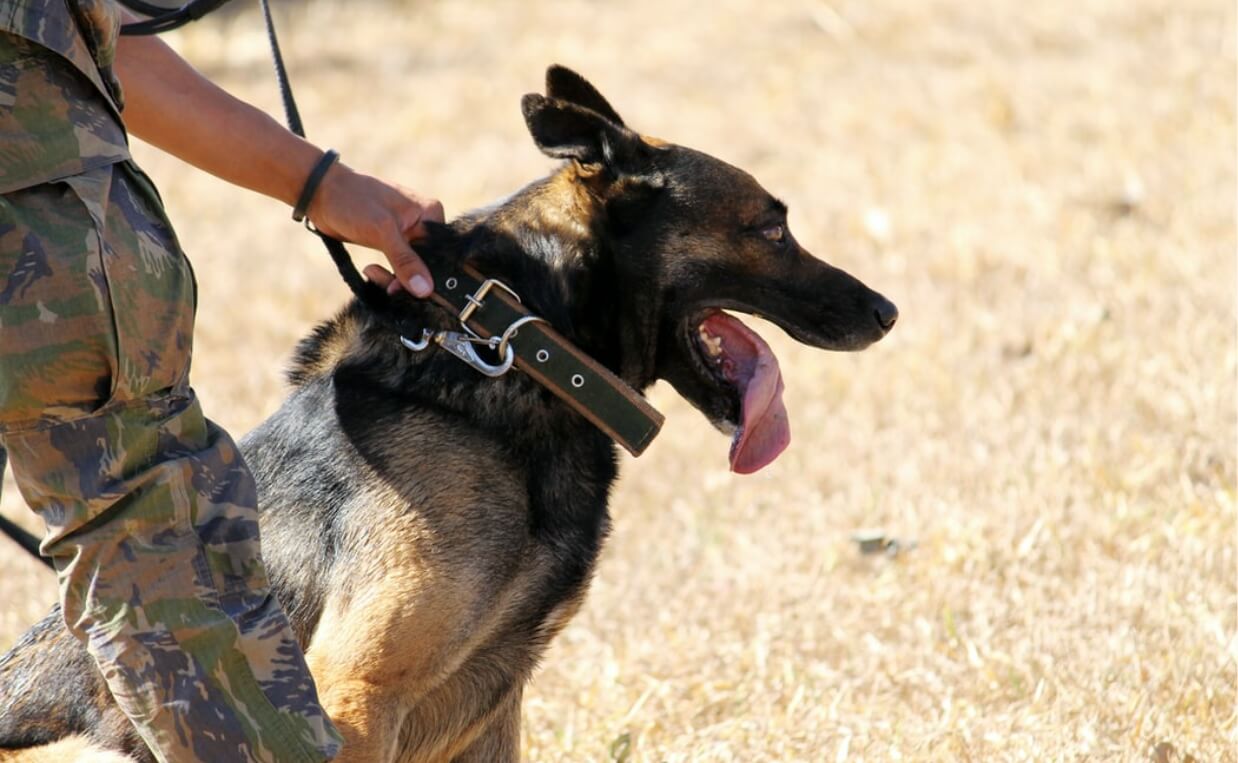
-
Assist police and military forces
Dogs who work for police and military personnel typically detect bombs, landmines, drugs and other illegal substances. They are trained to bite dangerous suspects and hold them hostage. Military dogs are also trained to patrol and protect the premises. Breeds commonly used for this type of work include German Shepherds, Dutch Shepherds and Belgian Malinois.
Read more: Honoring America’s Military Dogs
-
Identify criminals
Expertly trained dogs are able to use the scent left on a piece of evidence to match it to a suspect in a police station lineup. During tests, dogs are able to detect the correct suspect 95 percent of the time. This impressive figure has led the testimony to hold up in European courts and has be successfully used in a Texas criminal case.
-
Search and rescue
Dogs are able to search for kidnapped victims or missing persons. They are trained to search for living victims and the remains of deceased victims. They are able to cover a large area in a relatively short period of time, making them indispensable to search and rescue teams.
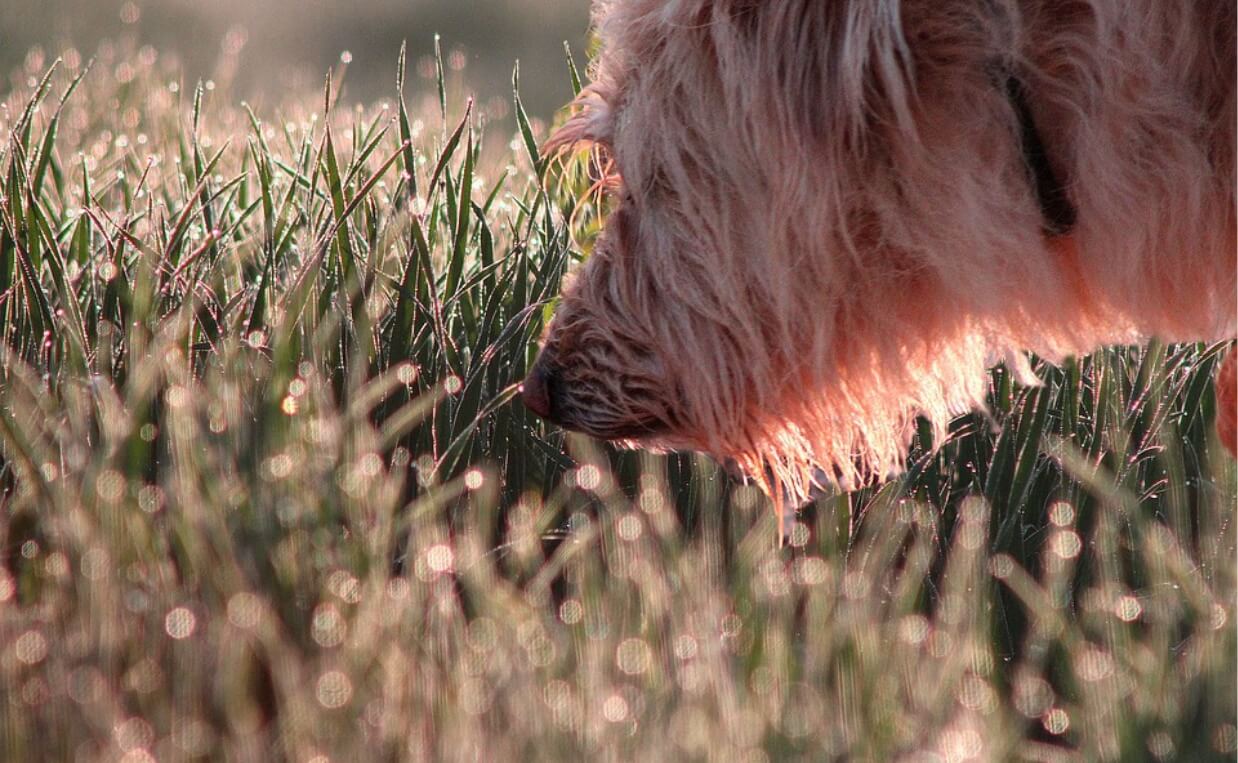
-
Hunt for truffles
Truffles are considered a culinary delicacy. They grow underground near certain types of trees. For centuries, pigs were used to hunt these pungent fungi. Unfortunately, pigs not only can locate truffles, they also like to eat them, making them less-than-ideal truffle hunters. Dogs, on the other hand, show no inclination of wanting to eat their find. The Italian Lagotto Romagnolo breed are typically trained as truffle hunters.
-
Protect art
Dogs are able to protect artwork, delicate materials, wooden objects and books from bugs. The dogs are trained to sit in front of objects when they detect the smell of an insect. Since people can’t smell insects, dogs can save countless hours, dollars and much heartache by detecting offending bugs before damage is done. Dogs of the Weimaraner breed have been chosen to do this type of work because they have a keen sense of smell and the stamina to work long hours without getting bored.
-
Detect electronics
You probably already know dogs are used to sniff out bombs and drugs, but now they are being trained to detect electronics, such as computers, thumb drives and microchips. These dogs are being used to detect electronics containing pornography.
![]()
-
Inspect wine
Wine-growers all over the world depend on dogs to find potentially tainted wine by identifying 2,4,6-trichloroanisole (TCA). The TCA molecule imparts a musty odor and flavor to wine, making it unpalatable.
-
Track whales
Dogs at the University of Washington go to sea with scientists to track Orca whales, who are threatened with extinction. The 17 dogs on the team are trained to detect the smell of whale scat and can sense when a whale is up to one mile away. These dogs can also identify the scat of caribou, wolves, iguanas and bats. In this way, canines are helping to preserve and fight for the survival of other animal species.
-
Track poachers
Conservation of endangered species is more critical now than ever, especially with poaching on the rise. In Africa, rhinos are mainly under the threat of extinction due to poaching. However, elephants, cheetahs and lions are targeted too.
Dogs are an integral part of anti-poaching teams in Africa. Their incredible sense of smell enables them to track poachers, and their fearless courage and powerful strength assist in apprehending the criminals.
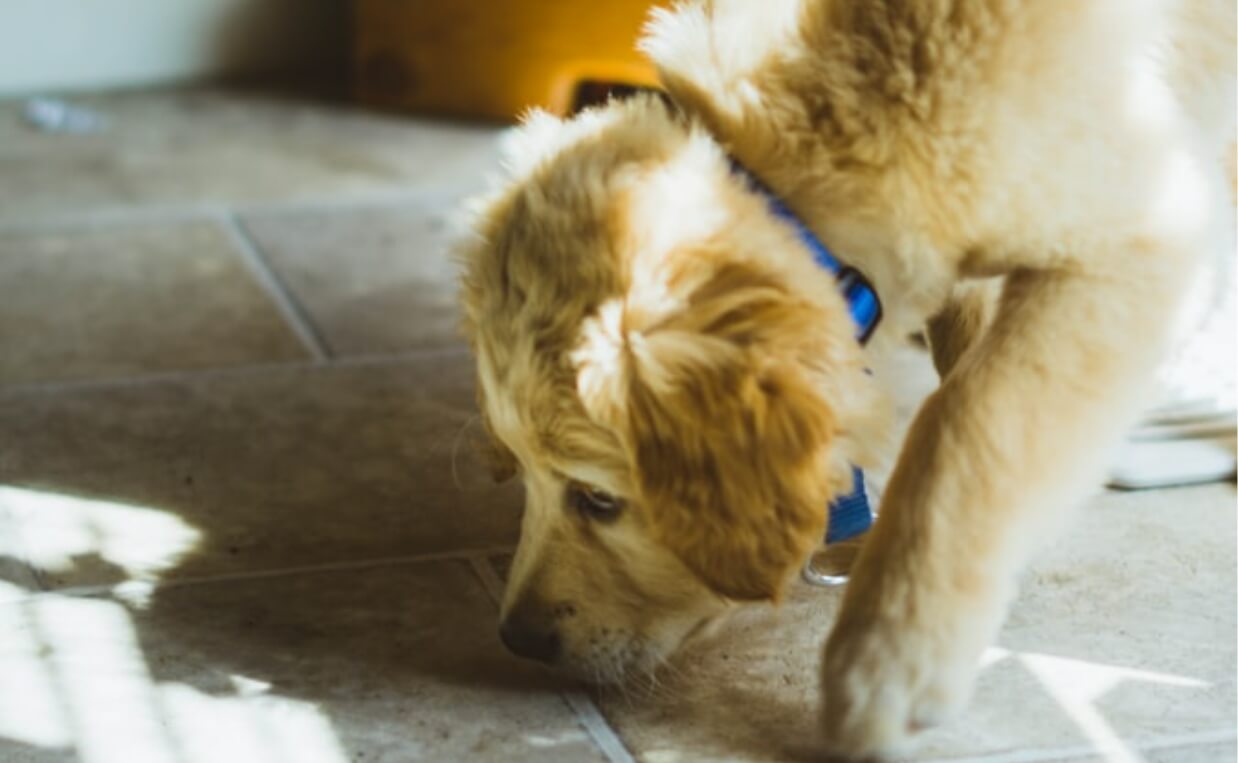
-
Sniff out bed bugs
Bed bugs are a growing problem in many major cities. One way to combat a bed bug infestation is to used trained canines who can sniff out the little creatures with a 98 percent accurate detection rate. Many people have benefitted from dogs who are able to find bed bugs before they become a serious problem.
-
Find sewage problems
We don’t like to think about sewers much, but they’re pretty important to our lives. Unfortunately, our fresh water supply can become polluted with toxic substances. Detection dogs are able to identify things like raw sewage, dangerous chemicals and detergents, illegal pipe connections or broken pipes, among other things, thus keeping people and the environment safe.
Laboratories are able to test for these substances, but results can take weeks to come through. Dogs, on the other hand, are able to immediately indicate when there is a problem.
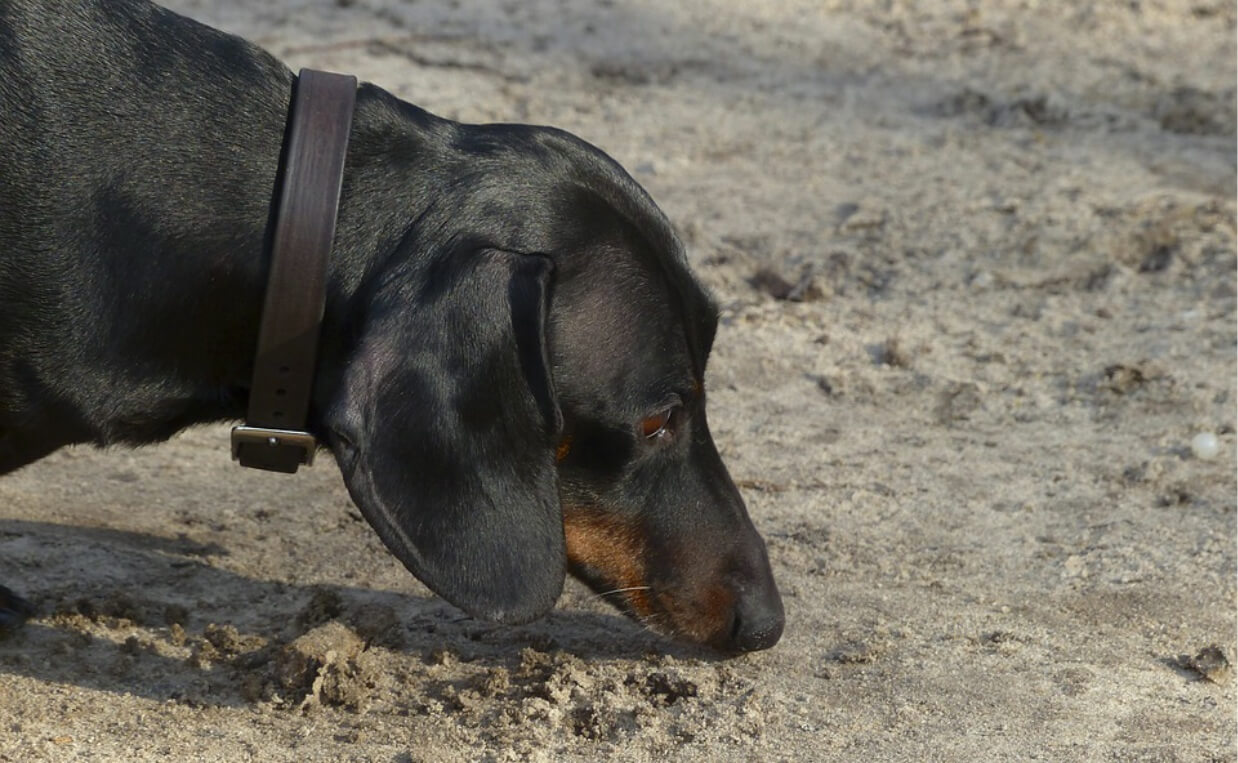
-
Help archeologists
Archeologists spend a lot of time digging, so it’s easy to see how dogs could be of assistance. However, dogs aren’t really trained to dig up old bones, but rather to detect items archeologists might find valuable.
These dogs are trained to identify pottery, bones and other items archeologists might be interested in. They not only assist archeologists at dig sites but are able to track artifact smugglers who steal pieces of history. They are able to help law enforcement officers find thieves and preserve culture.
Are you sufficiently amazed at all the scent-related jobs dogs can do? Seeing dogs at work is impressive. They are intelligent, capable, and brave. And the positive impact of canine nose work is undeniable. Dogs are disease-detecting, poacher-tracking, bug-finding, victim-saving heroes. And they can find truffles too!
![]()
Have you experienced a trained dog performing nose work? Please share your experience in the comments below…

 Beyond the Litter: Do Puppies Remember Their Siblings?
Beyond the Litter: Do Puppies Remember Their Siblings? Improving Dog Behavior Through Environmental Enrichment
Improving Dog Behavior Through Environmental Enrichment 14 Solutions for Dogs Who Dig Under Fences
14 Solutions for Dogs Who Dig Under Fences 10 Surprising Reasons Your Dog Licks the Air
10 Surprising Reasons Your Dog Licks the Air 9 Reasons Why Dogs Howl
9 Reasons Why Dogs Howl






Leave a Reply